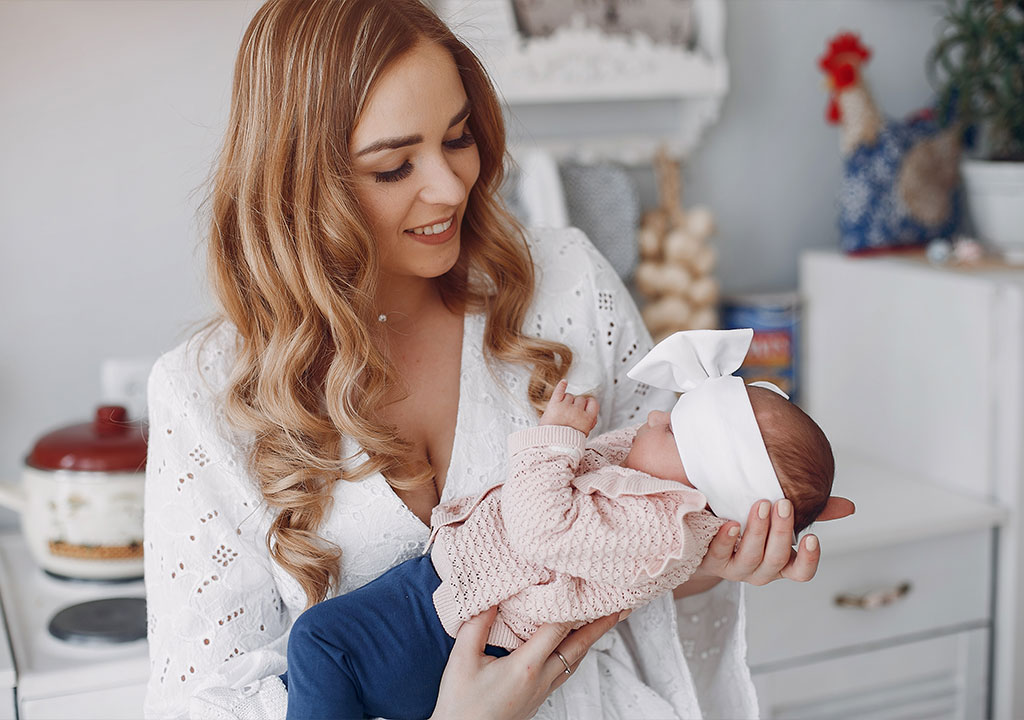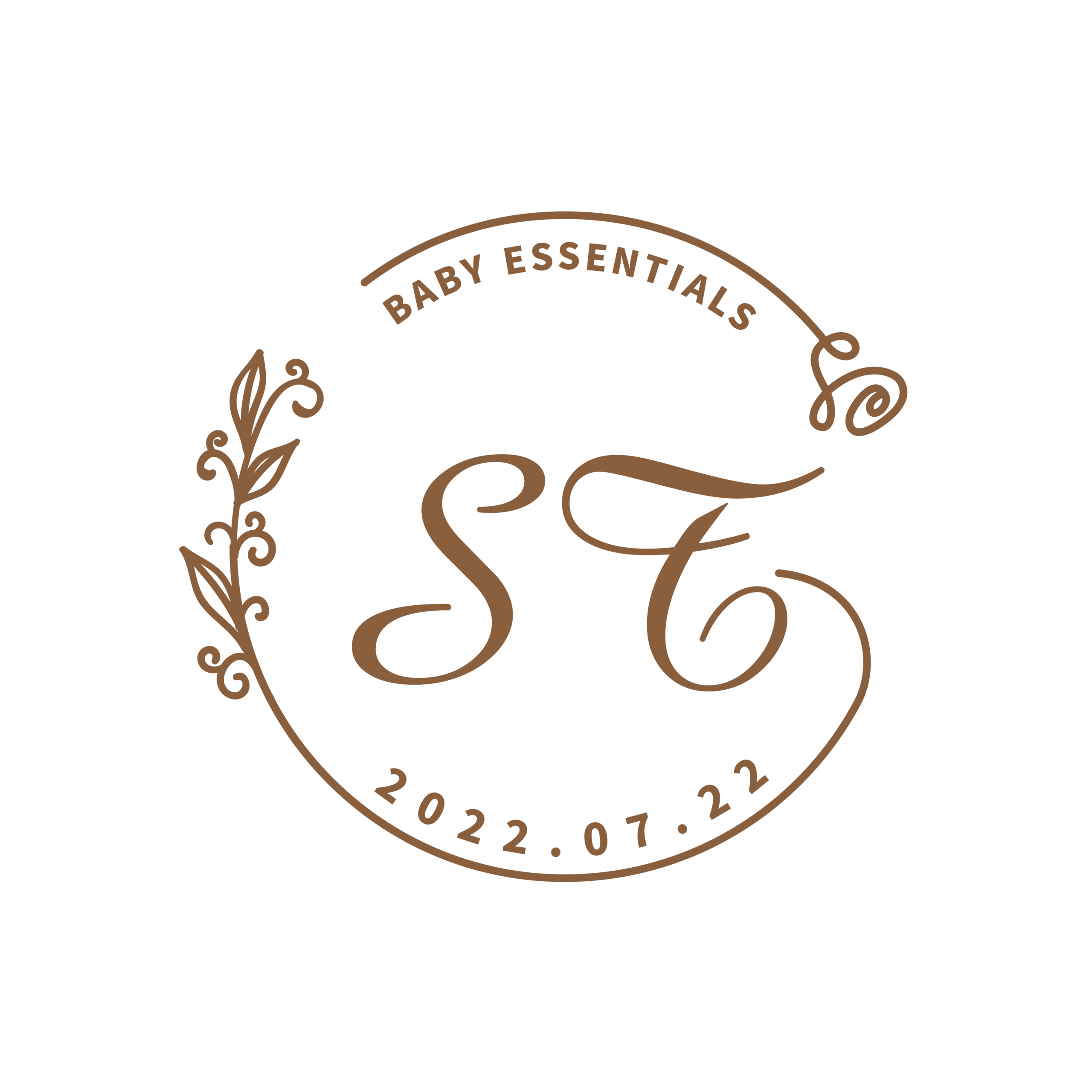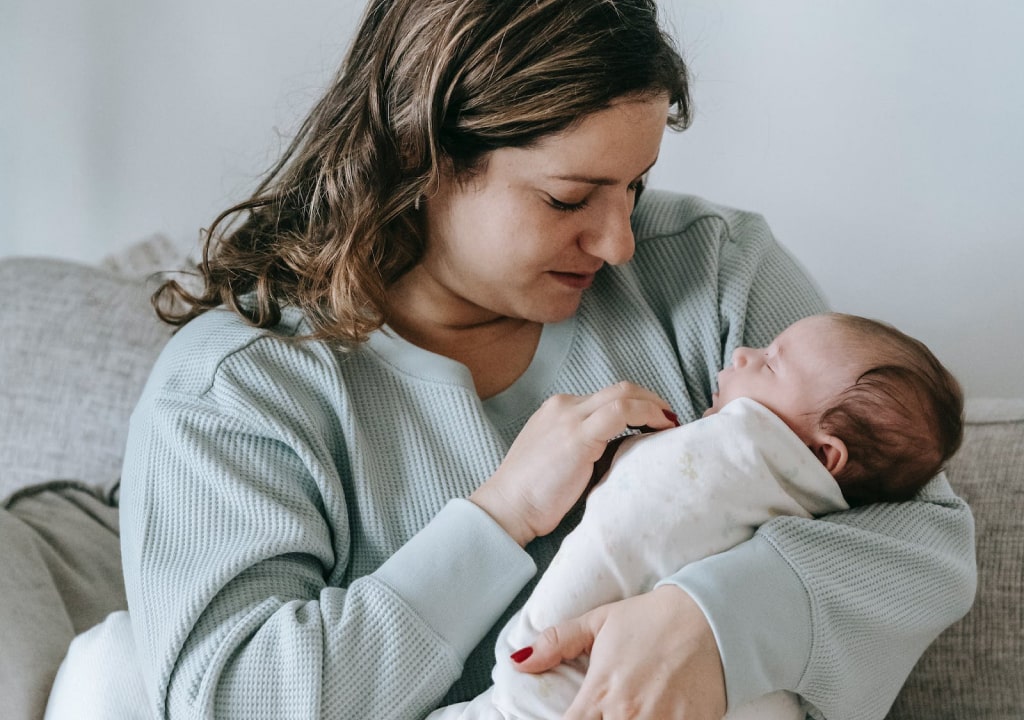Here are common types of baby rashes and their corresponding effective treatment methods:
1. Diaper Rash
Symptoms: Red spots or patches on the buttocks and genital area, possibly with mild swelling or peeling.
Causes: Prolonged moisture in the diaper area, irritation from feces or urine, or allergies to diaper materials or wipes.
Treatment:
- Keep dry: Change diapers promptly. Gently clean the buttocks with warm water each time, then air-dry or pat dry with a soft towel.
- Apply barrier cream: Use a diaper rash cream containing zinc oxide (10%-15%) to form a protective barrier.
- Expose skin temporarily: Let the baby’s bottom air out for 10-15 minutes daily to aid healing.
- Avoid irritants: Use fragrance-free, alcohol-free gentle wipes and avoid (irritating) cleansers.
2. Eczema
Symptoms: Dry, red, itchy skin with small bumps or oozing, commonly on the cheeks, elbows, or backs of knees.
Causes: Genetic factors, abnormal skin barrier function, environmental allergens (e.g., dust mites, pet dander), or irritants (e.g., wool, soap).
Treatment:
- Moisturize regularly: Apply fragrance-free, hypoallergenic baby moisturizers or ointments (e.g., petroleum jelly) multiple times daily to keep skin hydrated.
- Control bath temperature and frequency: Use lukewarm water (接近体温) and limit baths to 5-10 minutes to avoid damaging the skin barrier.
- Use gentle products: Choose fragrance-free, alcohol-free baby-specific bath products and laundry detergents.
- Medication: Use mild topical corticosteroid creams (e.g., hydrocortisone) under a doctor’s guidance to relieve severe itching and inflammation—avoid self-medication.
- Avoid allergens: Minimize exposure to known allergens like dust mites and stuffed toys.
3. Prickly Heat (Miliaria)
Symptoms: Dense small bumps or blisters with redness, often in sweaty areas like the neck, armpits, or back, possibly with a stinging sensation.
Causes: Blocked sweat ducts in hot, humid conditions, leading to trapped sweat irritating the skin.
Treatment:
- Cool and ventilate: Move the baby to a cool, airy place. Dress them in light, breathable cotton clothing and avoid over-wrapping.
- Keep skin dry: Gently wipe the affected area with 温水 (warm water), then air-dry or pat dry—avoid rubbing.
- Avoid pore-clogging products: Skip lotions or oils temporarily; use a small amount of breathable prickly heat powder (avoid eyes, nose, and mouth).
- Preventive care: Use air conditioning or fans to regulate room temperature in hot weather, and clean sweat promptly.
4. Seborrheic Dermatitis (Cradle Cap)
Symptoms: Yellow, oily scaly crusts on the scalp, possibly spreading to the forehead, eyebrows, or behind the ears, usually without severe itching.
Causes: Overactive sebaceous glands in babies, leading to oil buildup and possible Malassezia fungus involvement.
Treatment:
- Gentle cleansing: Wash the scalp with a mild baby shampoo 1-2 times a week—avoid vigorous scrubbing of the crusts.
- Soften crusts: Apply a small amount of baby oil or petroleum jelly to the crusts 15-20 minutes before shampooing. Gently brush with a soft baby brush or comb after softening.
- Avoid picking: Never scratch or peel the crusts to prevent skin damage and infection.
- Patience and observation: Most cases resolve within months without excessive intervention.
5. Contact Dermatitis
Symptoms: Well-defined redness, bumps, blisters, or itching in the area of contact, often from clothing, detergents, skincare products, or foods.
Causes: Allergic reaction or irritation from specific substances (e.g., detergent residue, dyes, food juices).
Treatment:
- Avoid the allergen: Immediately stop contact with the suspected irritant or allergen (e.g., switch clothing or detergent brands).
- Cleanse the skin: Rinse the affected area with water to remove residual irritants.
- Soothing care: Apply fragrance-free moisturizers or prescribed anti-itch creams (e.g., hydrocortisone) to relieve symptoms.
- Seek medical help for severe cases: Consult a doctor if there is extensive swelling, blisters, or systemic reactions (e.g., rapid breathing).
When to See a Doctor?
Consult a pediatrician if the rash:
- Worsens, spreads, or does not improve after 1 week;
- Is accompanied by fever, blisters, oozing, bleeding, or signs of infection (e.g., pus, odor, localized warmth);
- Causes the baby to be restless, refuse feeding, or have sleep disturbances;
- Is suspected to be related to food allergies, drug reactions, or serious illnesses (e.g., infections).
Note: Baby skin is delicate. Always consult a doctor before treating rashes. Avoid using adult medications or home remedies, as they may worsen symptoms. Daily care with clean, breathable skin and gentle baby products can help prevent many rashes.


